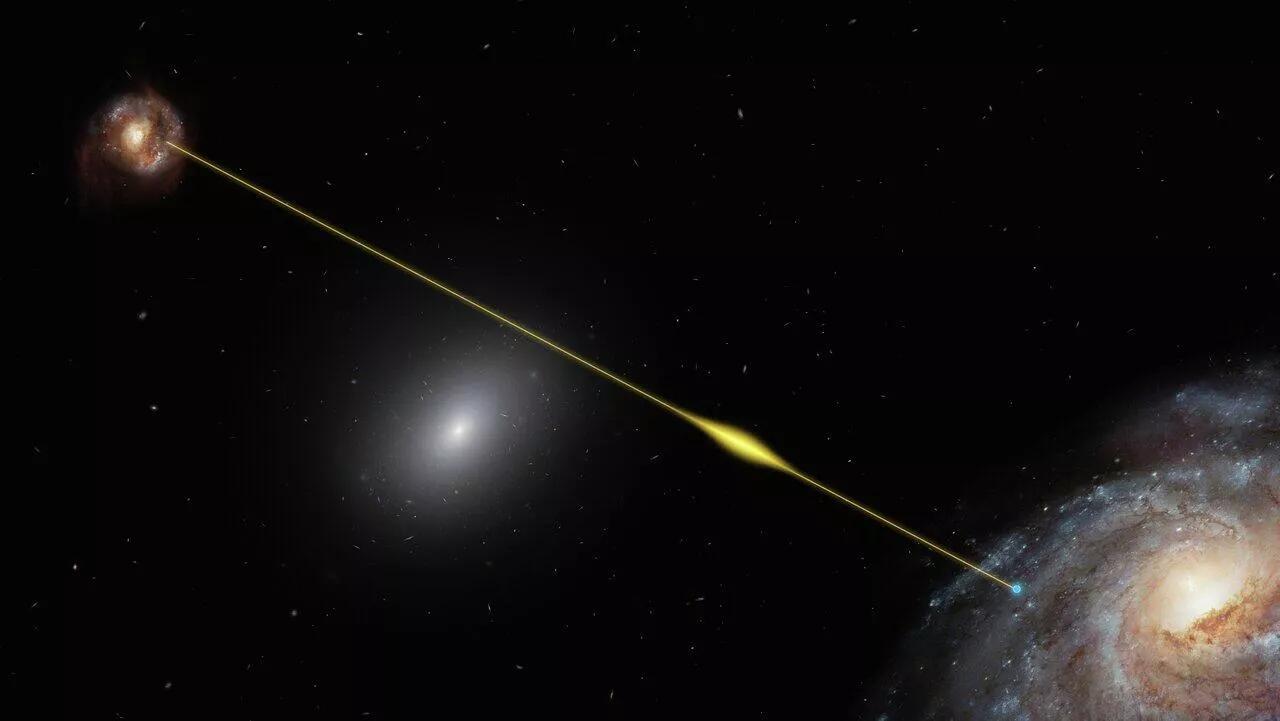Africa-Press – Madagascar. The most distant signal of its kind from a remote galaxy was picked up using the Giant Metrewave Radio Telescope (GMRT) in India, and was hailed as offering a new look at how a star is created in far-off galaxies.
Focus on a unique wavelength has allowed a radio signal from a “star-forming galaxy” at a distance of 9 billion light-years away from Earth to be detected.
The Giant Metrewave Radio Telescope (GMRT) in India allowed a collaboration of scientists from McGill University and the Indian Institute of Science to detect this signal from the galaxy titled SDSSJ0826+5630. The discovery is record-breaking, as this is the most distant signal of its kind ever picked up. It hails to a time when the Milky Way was just 4.9 billion years old. Currently, the galaxy where our planet Earth is situated boasts a 13.8 billion-year-history.
“It’s the equivalent to a look-back in time of 8.8 billion years,” said study author and McGill University Department of Physics post-doctoral cosmologist Arnab Chakraborty.
A phenomenon known as gravitational lensing is what aided the discovery. This is when light from a source is bent due to the presence of another massive body, such as an early-type elliptical galaxy, the team explained.
While galaxies were described as emitting light across a wide range of radio wavelengths, the team clarified that 21 cm wavelength radio waves had only been recorded from galaxies located nearby. So this is the « first confirmed detection of strong lensing of 21 cm emission from a galaxy, » according to the study.
The wavelength known as a « 21-centimetre line, » also referred to as the « hydrogen line, » is said to be emitted by neutral hydrogen atoms. Atomic hydrogen is the principal fuel involved in the formation of stars.
The unique signal has allowed astronomers to measure the distant galaxy’s gas content and determine its atomic hydrogen mass – twice that of stars visible from Earth, the research added.
« Detecting neutral hydrogen in emission from the distant Universe is extremely challenging and has been one of the key science goals of GMRT. We are happy with this new path-breaking result with the GMRT, and hope that the same can be confirmed and improved upon in the future, » Yashwant Gupta, Centre Director at the National Centre for Radio Astrophysics, said in a statement.
Pour plus d’informations et d’analyses sur la Madagascar, suivez Africa-Press






